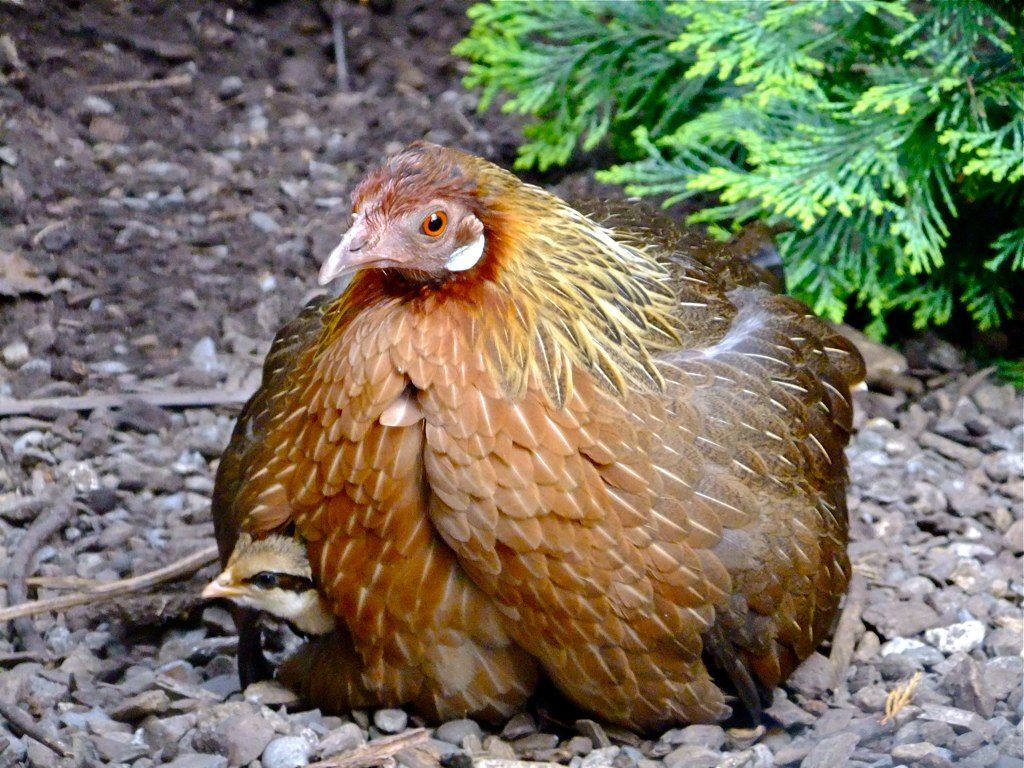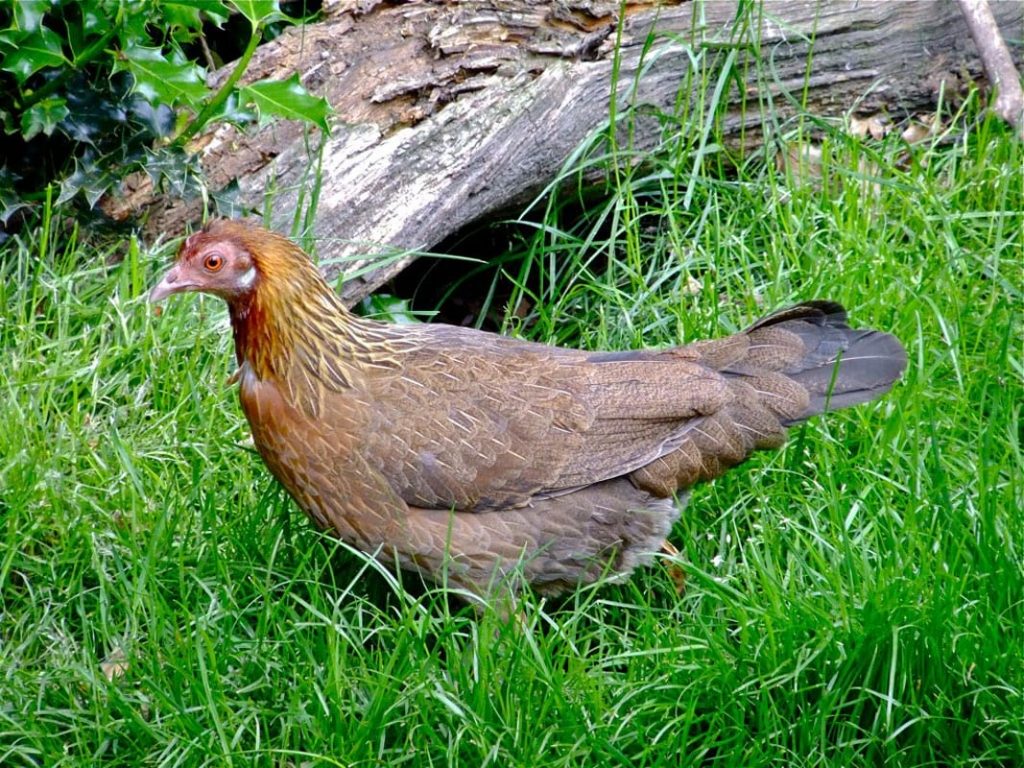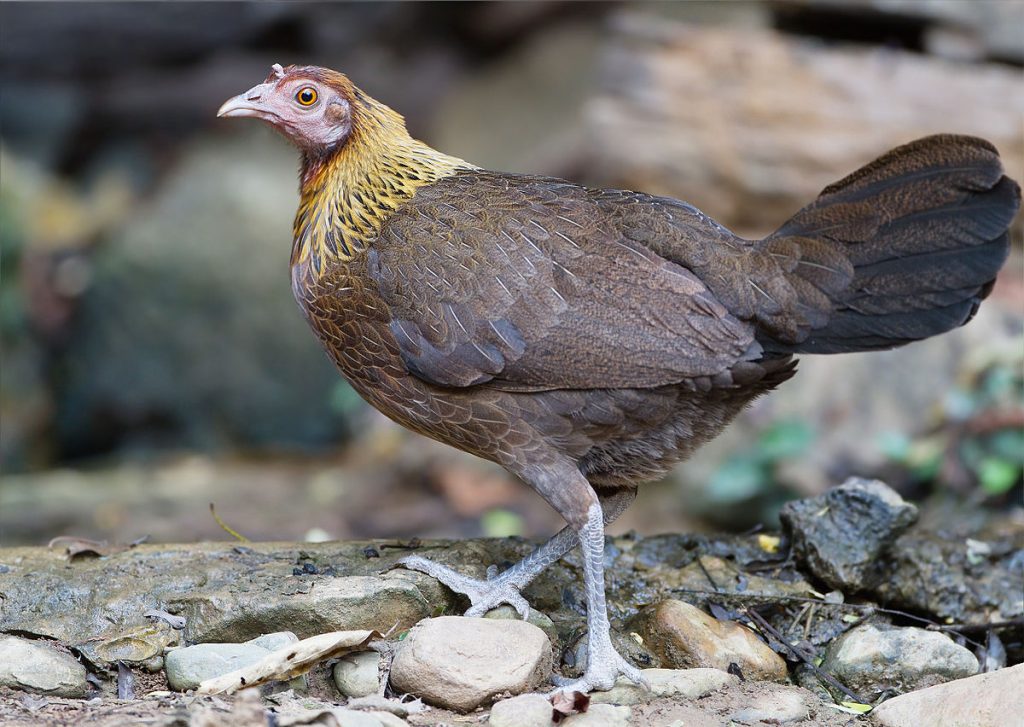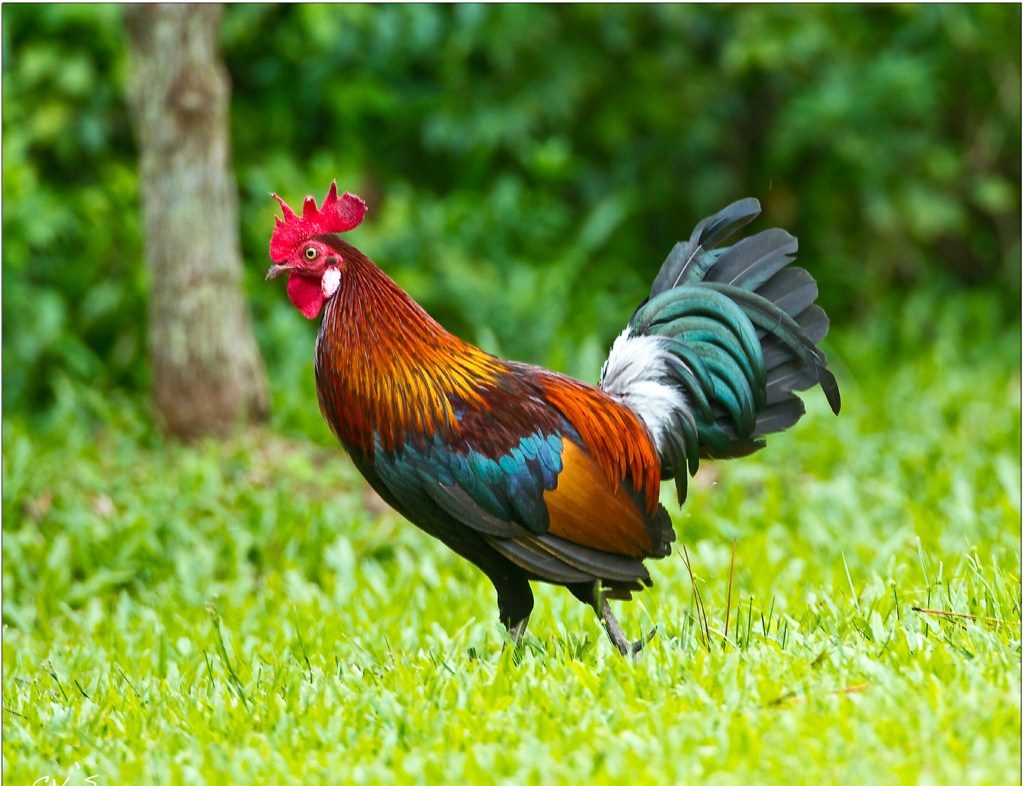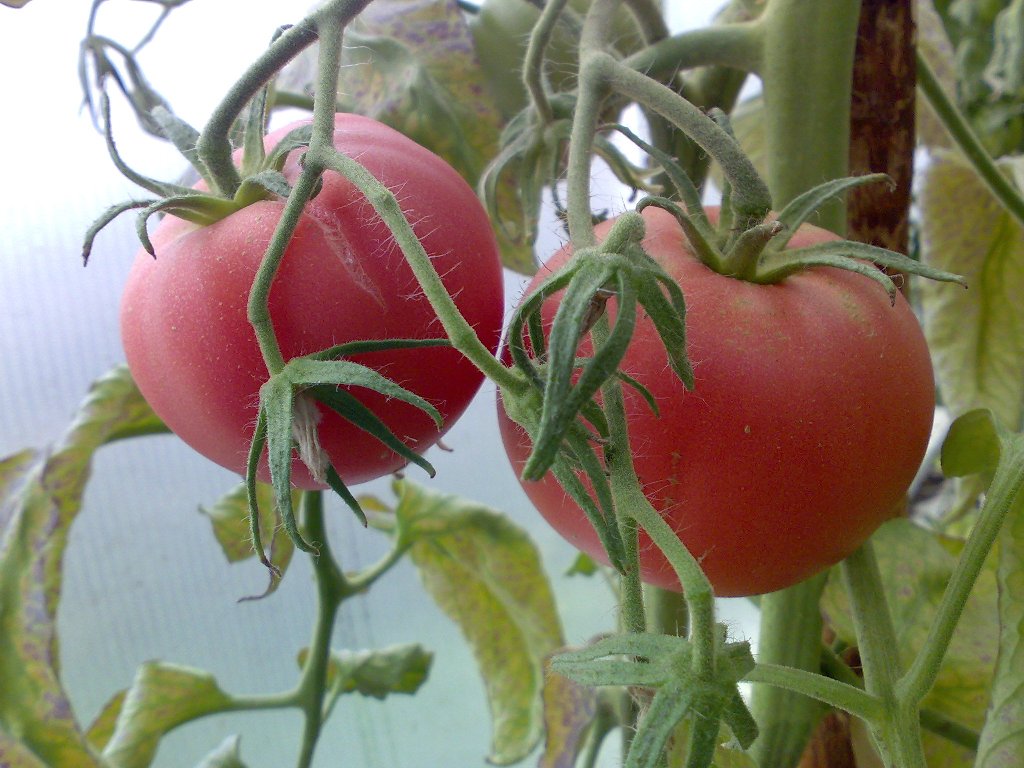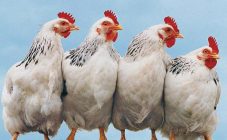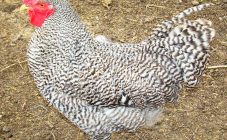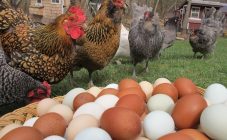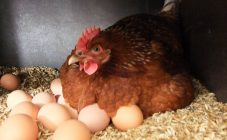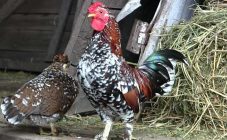Content:
Wild chickens are the direct ancestors of birds now reared on an industrial scale. The fact that non-domesticated chickens survive is good for breeders who can create improved breeds of poultry.
About wild chicken
Both domestic and wild chicken belong to the Fazanovs. The detachment is chicken-like, which includes 4 types of wild chickens: bank, Ceylon, gray, green. They can be found everywhere except Antarctica. They are direct relatives of pheasants, and it is not surprising given their ability to mate.
The appearance and behavior of pheasants are recognized by chickens as "their own":
- Roosters have bright and variegated feathers.
- The signs that distinguish between layers and roosters are similar.
- Sexual behavior is identical.
- Even the sounds made by birds are similar.
This similarity between pheasants and chickens leads to the emergence of hybrids, which, however, are unable to reproduce. The genome is different.
Wild chickens are found naturally in South Asia, Indonesia, and the Philippines. Despite the love for forests, their biotope can be called an edge. Birds live where it is easy to find food: in grasses, shrubs, woodlands.
The immediate ancestor of the species that lives in our villages is the bank jungle chicken. Scientists made this conclusion because they are similar in appearance and behavior. They can also produce offspring that can reproduce. Usually these facts are enough to prove the origin. But all known species of jungle chicken have these characteristics. This fact led to the hypothesis that the domestication of chicken was carried out on the basis of several species. So the exact name of the progenitor species is an open question.
Although domestic chickens are capable of producing offspring from the jungle, the genome of birds from different regions is somewhat different. The differences are especially pronounced in the Pacific and South Asian populations. They stand out against the background of chickens from other regions. This confirms the hypothesis of domestication from different species. Scientists say that the second species from which domesticated chickens evolved is the gray jungle bird.
There is another reason why the genome of birds from different regions is somewhat different: mutations in isolated populations. This version is considered by some scientists to be more correct. They argue that to confirm the version that different populations of chickens came from different wild species, a large difference in the genome is needed. In addition, when crossing, there would be sterile offspring, which does not happen.
Scientists have long debated which wild chicken is considered the progenitor of domesticated. Only genetic and molecular analysis put everything in its place: the progenitor is a bank chicken.
Jungle chickens: characteristics
Jungle wild chickens are an example of the ancestors of human-tamed animals that were able to survive despite the efforts of humanity. So, the progenitors of the cow and horse were killed in the Middle Ages. Now jungle chickens are protected as part of the biosphere and for the creation of new breeds. At the moment, there are about 700 subspecies, and the main variety is in Europe.
All species of jungle chickens are characterized by sexual dimorphism: a significant difference in the appearance and behavior of males and females. The task of the latter is to incubate eggs and monitor the offspring, the male is to maintain order, fight for females and protect the harem from all evils. Due to the bright color and challenging behavior of males, they die much more often than layers. We can say they are taking the hit.
Banking breed
Its representatives are characterized by a strong physique, but they weigh less compared to domestic chickens. They fly just as badly. However, bank chickens are very hardy, which allows them to live a terrestrial life with pleasure. The weight of a wild male is a little more than a kilogram, and that of a female is no more than 700 g. Such a small mass is due to the wild way of life. If you have to constantly run away from predators and look for something to eat, calories will go away by themselves.
Bankers eat whatever they find in the jungle: seeds, arthropods, worms, shellfish, fruits and plant parts. Birds nest on the ground, like most chickens.
Animals survive due to the ability to hide and run fast. And thanks to the help of relatives and the protection of the rooster, they learn about the danger in advance.
Ceylon Jungle Chicken
The feathers of birds of this species can only be brown and gray. The animals themselves are small: the length of the females does not exceed 45 centimeters, and the length of the rooster is 70 cm.
This species lives in Ceylon, being a kind of symbol of Sri Lanka.
Wild rooster
Banking rooster is able to amaze with its beauty. The bird has well developed pectoral muscles, despite the inability to fly well. First of all, the body adapted to fast running, and only then to flight. Also, the musculature allows the bird to fight other roosters and predators. In general, the appearance of a wild rooster resembles a domestic one: a small head, a large comb and a long neck. What is different is the legs. They are somewhat longer in comparison with the home "brother".
The British called the Banking wild rooster red, although it would be more logical to call it a "fire bird", given the color of some parts of its body. The disadvantage of this color is poor camouflage ability. But the roosters don't need it. Hiding behind plants is required for females who hatch eggs. The task of the bright plumage of roosters is to attract the attention of females and other males in order to fight for a place in the hierarchy.
The coloring of the Ceylon rooster can also be called fiery:
- The whole head is red.
- There is a wide yellow stripe in the center of the ridge.
- Some feathers are reddish in color.
At the same time, the ability to camouflage Ceylon jungle roosters is much higher due to the black color of the rest of the body.
Everyone knows that males are often used for competitions called cockfights. The Banking breed is especially suitable for creating race-suitable breeds. Ideal conditions are created for domestic roosters, so there is no need to fight for resources and chickens, they forget how to fight.
Steppe chicken
In many crosswords you can find the task: "steppe chicken, 5 letters." The correct answer is the bustard. True, this bird is not a chicken, it only remotely resembles it outwardly. But from a biological point of view, it is closer to the crane.
The bird lives in the steppes and semi-desert areas of Eurasia. Sometimes individual representatives of this species can be found further north. The lifestyle of the animal differs depending on the habitat.
In the 19th century, men were very fond of hunting bustards. Because of this, it has become a very rare species, although it used to widely inhabit the steppes. It is also dying out due to changes in the landscape and the use of agricultural machinery.In general, the main reason why a bird is listed in the Red Book is a person and his activities.
Which bird is like a chicken?
In total, there are 250-263 species of chicken on our planet, so it will not be possible to consider everything. The chicken squad includes 5 families:
- Goatzins. They live in South America.
- Weed chickens. They live in Australia, Polynesia, Indonesia.
- Wood chickens.
- Pheasant. The most widespread family, which has "representations" in almost all countries of the world. Accrues 174 species, 12 of which can be found in Russia.
- Black grouse.
All representatives of these families to one degree or another resemble each other. But most of all, pheasants belong to our pet. These birds are most similar to chickens.
Wild chicken is closest to domestic chicken. The only significant difference between these species is the way of life. Living conditions for jungle birds are much more difficult, so they have to survive. Pets actually live in paradise. This is the main difference between them. And they are genetically very similar, and so much so that they can produce fertile offspring.
